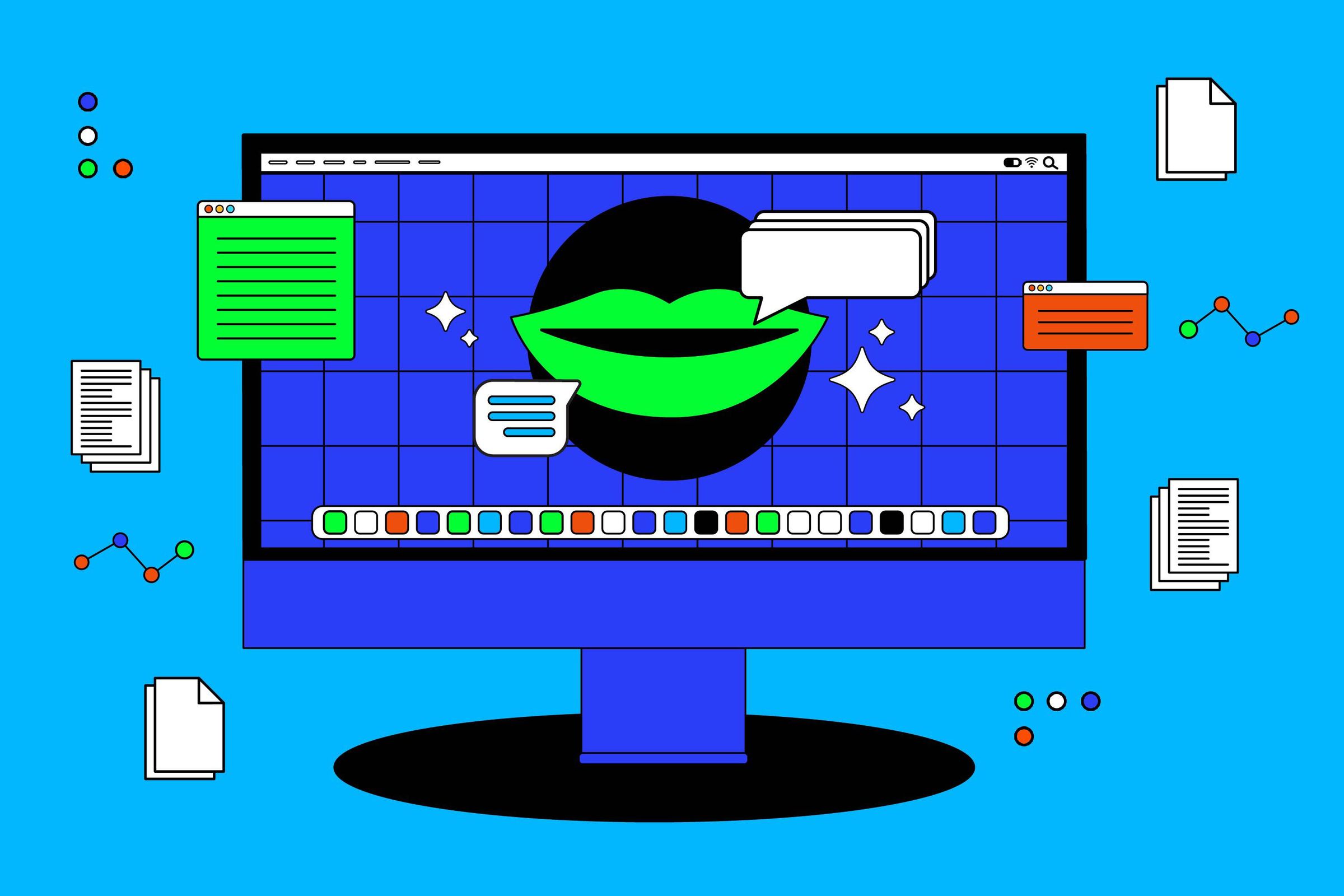On The Vergecast: Michael Sayman, the creator of SocialAI, explains why social networks are better than chatbots.

Roughly a month ago, Michael Sayman realized he could finally build the app he’d been thinking about for years: a social network where everyone but you is an AI bot. Large language models are finally good enough and cheap enough that the experience might actually feel social and useful, and not like a gimmick or a game. And so, after years of waiting and months of testing the latest models, Sayman got to work.
The app he built is called SocialAI, and it has become something of a viral phenomenon since it launched. (All he’d tell me is that it was downloaded 20,000 times in the first couple of days — but says the number has gone up substantially since then.) Some people thought it seemed fun and useful; other people thought it felt deeply dystopian. Is a social network still a social network, they wondered, if you’re the only human present? Still others thought the whole thing was an art project of sorts, a social commentary on the state of the online world.
On this episode of The Vergecast, Sayman says it’s really all of the above. But most of all, it’s an attempt to build an entirely new way to interact with AI models. Instead of a chatbot, which tries to deliver you the single best response to your prompt, SocialAI offers you options and filters in the form of replies. When you respond to a bot, or favorite a reply, that teaches the model more about what you’re looking for — and lets you choose your own AI adventure instead of just hoping the model gets it right.
“Over the past 10 years, we’ve had social media giants iterating relentlessly,” Sayman says, “with all the data in the world, to try and perfect an interface where people can interact with as many people and points of view as possible, right?” SocialAI looks like Twitter or Threads, he says, not to trick you into forgetting all the reply guys are AI but because we all know exactly how social networks work. “It’s not social for the sake of the social network, but social for the sake of social interface.”
SocialAI is still in its very early stages, which you’ll be able to tell immediately from the quality of some of the replies. Still, Sayman says he’s already seeing encouraging usage and feedback — and he has lots of ideas about where to take the app next. The future of AI probably isn’t a text box, but it also probably isn’t exactly a Twitter clone, either. We talk through some of the features he’s planning on launching, how the interface might change over time, why he thinks of social network design as the new skeuomorphism, and whether there’s a business in SocialAI over time.
Ultimately, Sayman doesn’t think of SocialAI as a dystopian nightmare. The truly dystopian thing, he says, is the current state of things, in which you never know who’s human and who’s not, and everyone’s just posting through it all the time on increasingly dangerous and problematic platforms. “I’m not trying to replace the human to human connection,” he says. “I’m trying to help people find a way to have a secondary option when that human isn’t around for them, so that they don’t have to rush to social media.” Next time you need to vent, he hopes you might decide to tell the bots instead. They’ll be there for you.
If you want to know more about everything we dicuss in this episode, here are some links to get you started:






